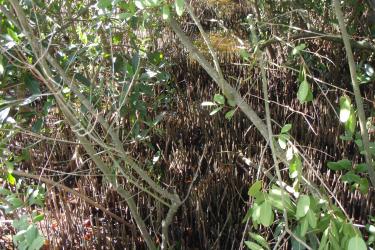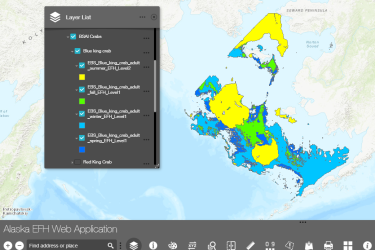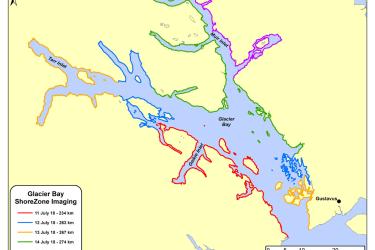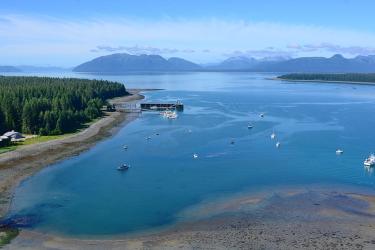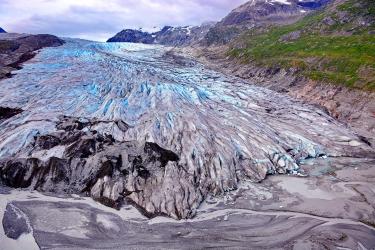Essential Fish Habitat Results
Amendment 2 to the FMP for Fish Resources of the Arctic Management Area
The North Pacific Fishery Management Council (Council) submitted Amendment 115 to the Fishery Management Plan (FMP) for Groundfish of the Bering Sea and Aleutian Islands Management Area, Amendment 105 to the FMP for Groundfish of the Gulf of Alaska,…
Effective
05/14/2024
Amendment 49 to the FMP for the Bering Sea/Aleutian Islands King and Tanner Crabs
The North Pacific Fishery Management Council submitted Amendment 115 to the Fishery Management Plan for Groundfish of the Bering Sea and Aleutian Islands Management Area, Amendment 105 to the FMP for Groundfish of the Gulf of Alaska, Amendment 49 to the…
Published
05/14/2024
